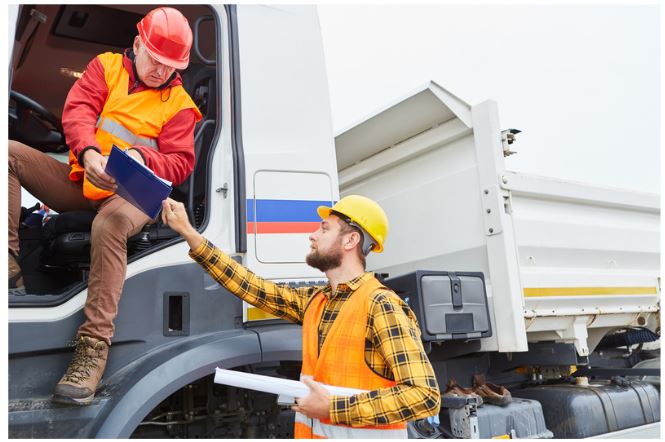
Time Changes Everything – How the Trucking Industry has Changed Over the Past 25 Years

Time Changes Everything – How the Trucking Industry has Changed Over the Past 25 Years
Truck drivers play an instrumental role in the movement of freight around the world and, unless you never leave your home, you’d be hard-pressed to go a day without seeing some form of trucking logistics.
While countless changes have occurred over the past quarter of a century, trucking itself has actually stayed fairly similar. For example, we still use triple axles and long-haul trailers to move cargo from one point to another. However, the method by which we get from point A to point B has changed quite dramatically.
In 1998, paper logbooks were the norm for tracking a commercial driver’s hours of service (HOS). These paper logs were prone to inaccuracies and could easily be manipulated, leading to concerns about drivers exceeding HOS limits and driving while fatigued. The lack of accountability and transparency with paper logs also made it difficult for authorities to enforce HOS regulations.
Fast forward to today, and electronic logging devices (ELDs) have become mandatory for most commercial drivers in the US. ELDs track a driver’s HOS electronically and are connected to the vehicle’s engine, providing accurate data on driving time, miles driven, and engine hours. ELDs eliminate the need for paper logs and significantly reduce the potential for inaccuracies and manipulation.
In 1998, there were limited options for technology that could improve trucking operations. Communication with dispatchers was primarily done through landline phones or fax machines, making it difficult to quickly update routes or make changes to delivery schedules. Remember the phones located at every table in the trucker’s lounge at the diner?
Today, communication between drivers and dispatchers has been transformed with the help of mobile devices and the Internet. Drivers can use mobile apps to communicate with dispatchers in real time, receive updated routes, and get information about delivery schedules. This has improved efficiency, reduced delays, and allowed for more flexibility in scheduling.
25 years ago, truck drivers had limited access to information about the weather and road conditions ahead. Drivers had to rely on local radio stations or CB radios for updates, which were often unreliable or quickly outdated.
Today, drivers can access up-to-date weather and road condition information through various apps and websites. This information helps drivers plan their routes more effectively, avoid traffic and weather-related delays, and improve safety on the road.
In 1998, there were limited options for driver training and education. Training programs were often inadequate, and there was a lack of standardized training requirements across the industry.
Today, there are more resources available for driver training and education, including online courses and simulators. The Federal Motor Carrier Safety Administration (FMCSA) has also implemented new training requirements for entry-level drivers, ensuring that drivers receive adequate training before getting behind the wheel. These training requirements include a minimum of 30 hours of behind-the-wheel training and 10 hours of training on a driving simulator.
The trucking industry has come a long way in terms of technology, communication, safety, and training since 1998. The advancements made in the past 25 years have improved the efficiency, safety, and reliability of the industry and have contributed to the growth and success of the US economy.
Only time will tell how the next 25 years will continue to evolve and adapt as technology moves forward more aggressively than at any other time in history.




